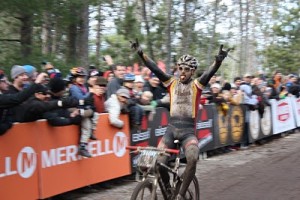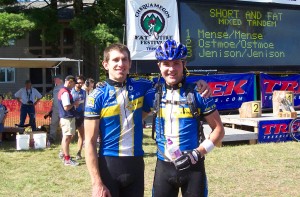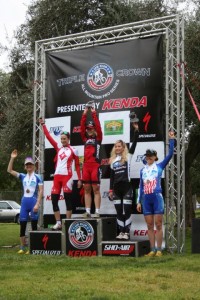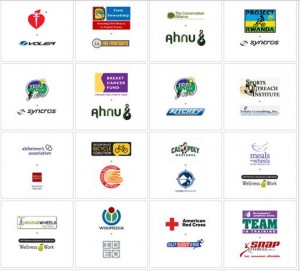Welcome Coach Brian Matter!
I am excited to have Brian Matter joining the Momentum Endurance team. Brian and I were teammates from 2003 to 2006. As an up and coming racer during those years I learned an awful lot from Brian and successfully made the transition from expert to pro on the MTB and from cat 4 to cat 2 on the road. I was quick to recognize Brian’s well thought out and methodical approach to racing. He knew what it took to excel and he didn’t sweat the details that didn’t matter so much – thus he was a great teammate to learn from. His approach was refreshing and helped to keep me on track. It’s important to have a mentor and Brian was often my go to man when I really needed to know how ‘it’ should be done.
Now, several years later, it’s exciting to have Brian join on as Momentum’s newest coach. If you might like to benefit from Brian’s expertise as I have, I suggest you drop him an email or talk to him at the next race. Yes, he’s notorious on course, but I assure you he’s also very approachable and one of the nicest guys you’ll meet. You can check out Brian’s bio and find his contact on the ‘Coaches’ page. Welcome to Momentum Brian!
Pedal Your Way to Marketing Success: Tips for Promoting Cycling
The popularity of live streaming platforms like Twitch has paved the way for niche communities to connect over their shared interests. One such interest is cycling, which has gained a significant following on the platform. From group rides to virtual races, cycling on Twitch has become a hub for enthusiasts to share their love for the sport. If you’re looking to promote cycling on Twitch and build a community around it, here are some marketing tips to help you pedal your way to success.
Identify your target audience: Before you start promoting your cycling content on Twitch, it’s essential to identify your target audience. Are you targeting amateur cyclists, professional athletes, or fitness enthusiasts? Knowing your audience will help you tailor your marketing messages to their interests and preferences.
Partner with influencers: Cycling influencers and enthusiasts can help you promote your channel to a wider audience. Consider collaborating with influencers to host virtual rides, races, or training sessions. This can help attract more viewers to your channel and build a community around your brand.
Leverage social media: Social media can be a powerful tool for promoting your cycling content on Twitch. Use platforms like Twitter, Instagram, and Facebook to share highlights from your streams, announce upcoming events, and engage with your audience. Be sure to use relevant hashtags to reach a wider audience.
Offer exclusive content: Consider offering exclusive content to your subscribers on Twitch. This could include access to private training sessions, virtual races, or behind-the-scenes content. Exclusive content can help incentivize viewers to subscribe to your channel and become a part of your community.
Host giveaways and contests: Giveaways and contests are a fun and engaging way to promote your channel and reward your viewers. Consider giving away cycling gear, equipment, or even sponsorships to your most engaged followers. This can help build buzz around your brand and attract new viewers to your channel and choose to buy followers on Twitch.
In conclusion, promoting cycling on Twitch requires a combination of marketing tactics and community building strategies. By identifying your target audience, partnering with influencers, leveraging social media, offering exclusive content, and hosting giveaways and contests, you can build a thriving community around your brand and become a leader in the cycling community on Twitch. Happy pedaling!
-Travis




